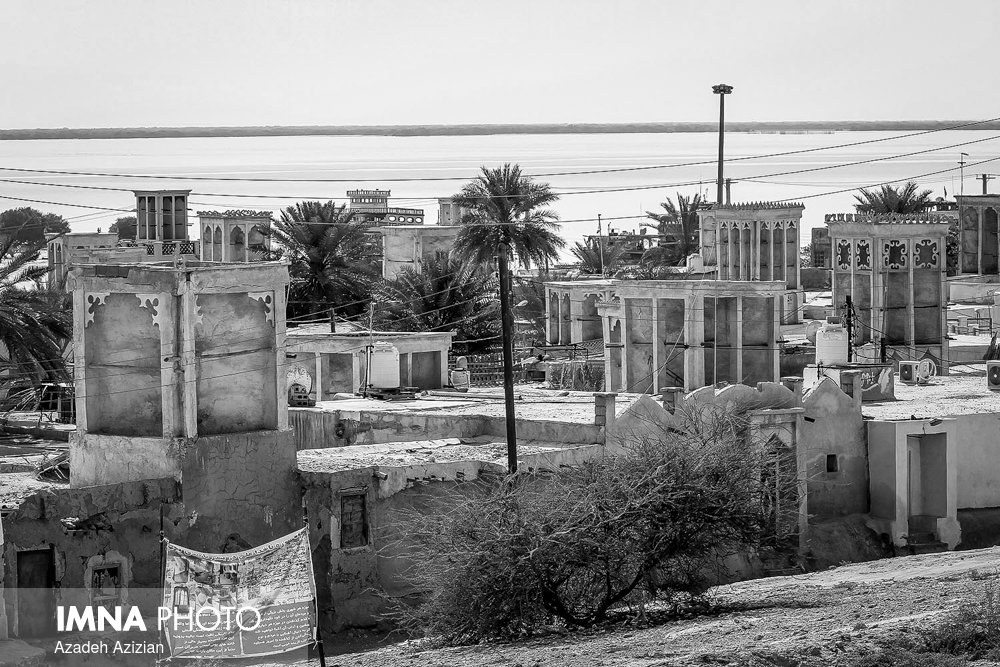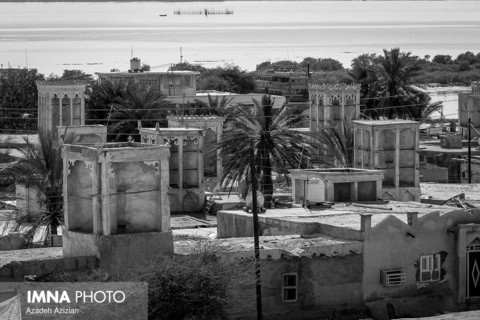Iran (IMNA) - In construction and design they exhibit a great deal of regional variety but they all perform a similar function (Badawy, pp. 122-28): channeling prevailing winds trapped in vents above the roofs of buildings down to cool and ventilate the rooms below. Wind catchers are built in many regions of Iran, predominantly on houses in areas with a hot arid climate. In Bandar-e ʿAbbās and other ports along the Persian Gulf they are normally square towers built on the roofs with vents on one side open to the sea-breezes. Light bamboo screens are often placed across the vents over which water may be thrown on summer afternoons to cool by evaporation the air passing down into the rooms below (Roaf, 1983, pp. 257-68). In Khorasan and Sīstān, rooms have simple unidirectional vaulted vents over them called locally mehna (Tavassoli, p. 49). In the Sīrjān region, houses have distinctive unidirectional barrel-vaulted vents with slatted openings.

Ḵūzestān has many fine wind catchers which serve the basements for which towns like Ahvāz are famous. Wind catchers are also built in Shiraz, Isfahan, Tehran, Qom, Semnān, and Dāmḡān but they are most widely used in the cities, towns, and villages to the south of the central desert in the Kāšān, Nāʾīn, Yazd, Kermān, and Ṭabas regions. Yazd is known as “šahr-e bādgīrhā” (the city of wind catchers) and is renowned for the number and variety of its wind catchers, some of which date from the Timurid period (O’Kane, p. 85). Wind catchers here are brick towers which generally rise from between 30 cm to 5 m above the roof although the tallest bādgīr in the world, built at Bāḡ-e Dawlatābād in Yazd, rises 33.35 m above the roof of the garden pavilion it serves. Wind catchers have vents at the top in one, two, or up to 8 sides (Figure 8) and these vents were decorated in brick, mud plaster or ornately carved lime plaster. The most common use of wind catchers is to cool and ventilate summer living rooms on the ground and basement floors of houses (Roaf, 1982, pp. 57-70); air trapped in the vents of the tower is cooled as it descends and in turn cools the occupants of the rooms below by convection and evaporation. When there is little or no wind, air rises up the tower, the walls of which are heated by the sun, so drawing cool humid air from the courtyard and basement through the summer rooms (Bahadori, pp. 144-54). Ventilation by wind catchers is particularly important in basements which are slept in on summer afternoons and nights. Wind catchers are also built onto the living quarters of caravanserais, over prayer halls of mosques, and on water cisterns where they efficiently chill stored water by evaporative cooling.



Your Comment